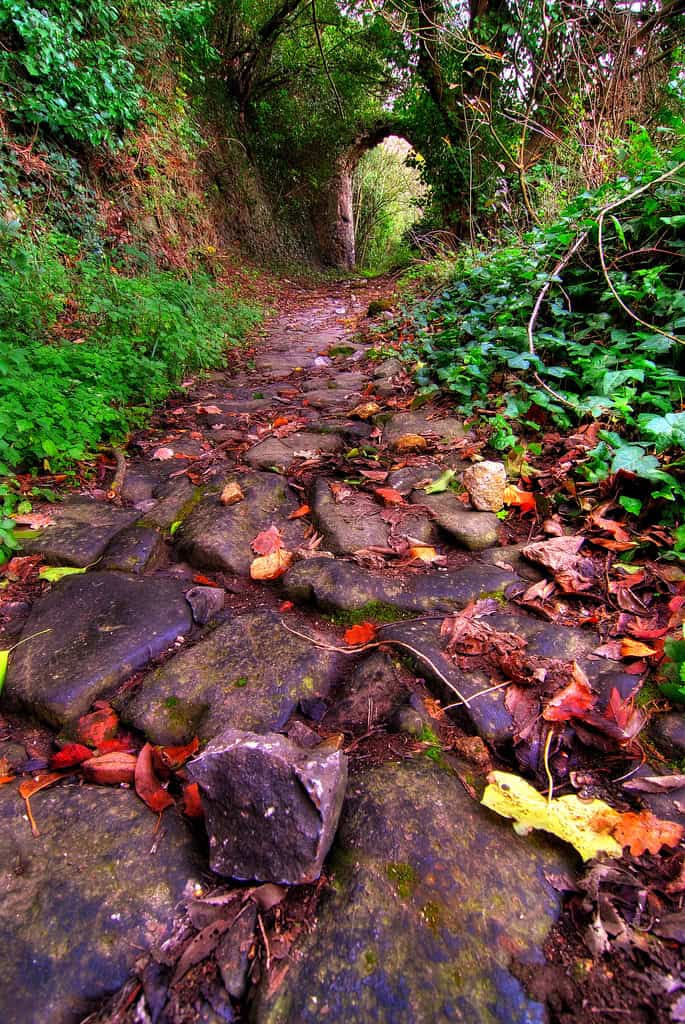Edit (2014-07-11): Fixed URLs
When you need to develop/design a solution for the majority of corporate users, you will need to test it on Internet Explorer. If you have a Mac, setting this up on your machine is easy.
The original source for this information was OSXDaily. I cleaned it up and added additional information.
Intended Audience
 If you’re unfamiliar with using the terminal, these instructions will not help you. The point is to allow you to install Internet Explorer on Mac for the purposes of testing and developing web applications and sites. Ideally, you are one of the following:
If you’re unfamiliar with using the terminal, these instructions will not help you. The point is to allow you to install Internet Explorer on Mac for the purposes of testing and developing web applications and sites. Ideally, you are one of the following:
- Web Developer
- Web Designer
- QA Tester
If you plan on running Internet Explorer for other purposes (such as working with an IE-only site), then this is probably not the best solution for your needs.
Required software
- Oracle VirtualBox
- curl (from Mac Ports or other)
Procedure
Be aware, this process can take HOURS to do, may crash in the middle and cause you to start over, take up inordinate amounts of disk space, etc.
Install IE7 Only
curl -s https://raw.githubusercontent.com/xdissent/ievms/master/ievms.sh | env IEVMS_VERSIONS="7" bash
Install IE8 Only
curl -s https://raw.githubusercontent.com/xdissent/ievms/master/ievms.sh | env IEVMS_VERSIONS="8" bash
Install IE9 Only
curl -s https://raw.githubusercontent.com/xdissent/ievms/master/ievms.sh | env IEVMS_VERSIONS="9" bash
Install IE7, 8 and 9
curl -s https://raw.githubusercontent.com/xdissent/ievms/master/ievms.sh | bash
Notes
Once you have the virtual machines installed, fire them up, set up the Windows instance (install drivers, etc.), then take a snapshot. This is the one you will always use.
When you get a ‘you must activate’ notice, open a Windows cmd line and run
slmgr –rearm
You can rearm two times before it won’t work anymore. At that point, roll back to your snapshot and you can rearm again when you get the message. Obviously, when you roll back to your snapshot all changes will be discarded (that’s the point), so make sure you save any data on your host’s drive.
FAQ
Q. Where is the command line on my Mac?
A. It is not recommended that you use these instructions; instead try another solution such as Apple Boot Camp.
Q. How do I install/uninstall Oracle Virtual Box?
A. You can try looking for information on the Oracle Virtual Box website or contact the Genius Bar at your local Apple Store for assistance.
Q. Where are the windows snapshots stored?
A. In ~/.ievms/
Q. The download stalls or crashes.
A. If it stalls, check your internet connection; you may have to restart the install. In the event of a crash, examine the error message to determine the cause of the problem.
Q. Can you just install it for me?
A. Sorry, no.
 Recently I had to convert about 250 RAW image files to PNGs. For neatness, I wanted to convert the upper-case filenames the camera assigned with a lower-case name.
Recently I had to convert about 250 RAW image files to PNGs. For neatness, I wanted to convert the upper-case filenames the camera assigned with a lower-case name.
 If you’re unfamiliar with using the terminal, these instructions will not help you. The point is to allow you to install Internet Explorer on Mac for the purposes of testing and developing web applications and sites. Ideally, you are one of the following:
If you’re unfamiliar with using the terminal, these instructions will not help you. The point is to allow you to install Internet Explorer on Mac for the purposes of testing and developing web applications and sites. Ideally, you are one of the following: